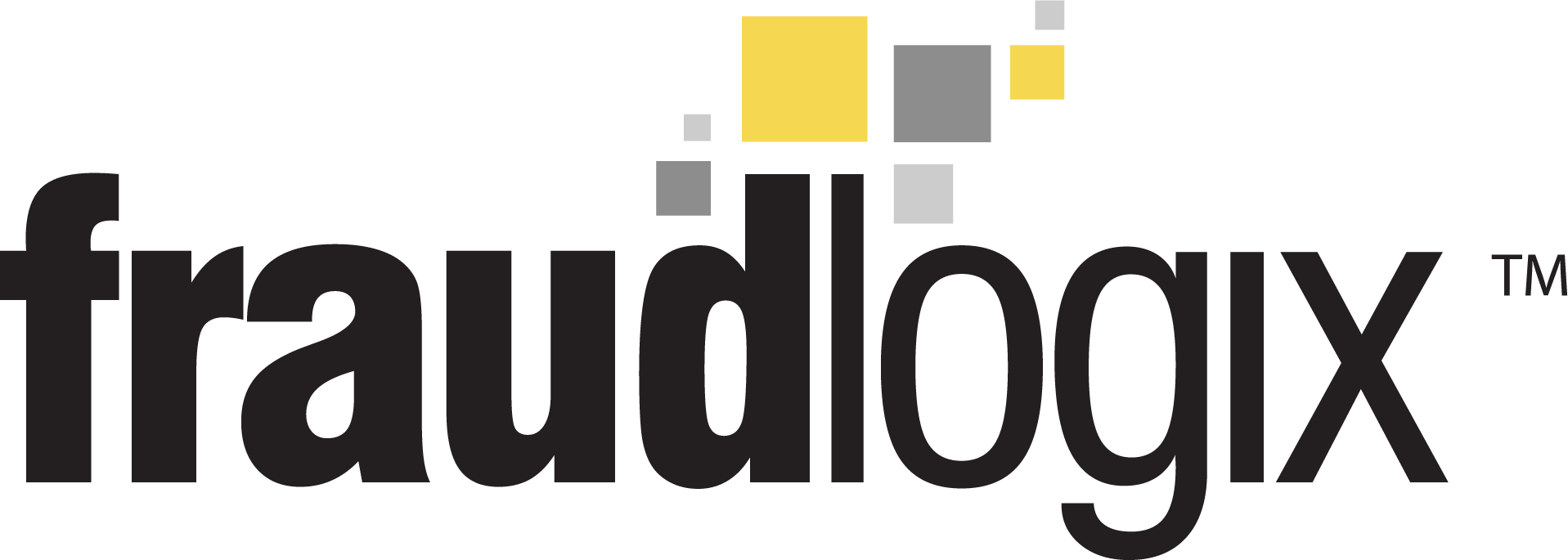5 Most Common Types Of Ad Scams & How To Combat Them
Free IP lookup API to uncover fraud, bots, and high risk users.
Ad scams are a significant threat to online advertisers everywhere. These scams, commonly called ad fraud, encompass a range of deceptive practices designed to generate illegitimate revenue for fraudsters at the expense of other businesses.
Though difficult to calculate exactly, the estimated cost of digital ad fraud in 2023 was approximately 88 billion U.S dollars and is projected to increase about 14% over the next 5 years to a whopping 172 billion.
Between the types of exploits and the platforms they’re executed on, the variety and quantity of ad scams are vast, and while you need to be on your guard for all of them, these are the five most common ad scams you’ll see online and what you can do to stop them.
- Bot Traffic / Click Fraud
Click fraud is one of the most prevalent types of ad fraud due to the relative ease of execution through bots and the direct financial incentive in PPC advertising. Click fraud bots account for the majority of the ad fraud online because once they are developed, they can be replicated, tweaked and scaled to be unleashed on unsuspecting platforms and advertisers. These bots can work in coordination or individually, but the goals are the same: artificially inflate advertising revenue for publishers/operators or deplete competitors’ ad budgets. - Bot Traffic / Impression Fraud
When advertisers pay for each view, scammers deploy software that simulates traffic to capture the revenue. Bot traffic, non-human activity generated by automated programs, is the leading cause of fraudulent ad impressions for the same reasons bot-driven click fraud works: repeatability and scale. If you’re only getting paid 1/1000th of a penny per view but you can simulate hundreds of thousands of views, you can still turn a profit as a scammer. - Click Farm / Click Fraud
Because clicks are the most expensive and widely used of pay-per-performance advertising, they are a rich target for fraudsters. Click farms, illegal businesses that employ people to manually click on ads to drive fraudulent revenue, are more common in developing countries where labor costs are lower and will mask their activity, attempting to appear as legitimate users from the target region. - Ad Stacking / Impression Fraud
Ad stacking generates fraudulent revenue by placing multiple ads on top of each other. While users only see the topmost ad, tracking systems are deceived into recording impressions for all hidden ads beneath it, allowing fraudsters to collect payment for ads that were never actually viewed. This is most commonly done by unscrupulous publishers who see it as a quick way to increase impression revenue. - Pixel Stuffing / Impression Fraud
The close-kin of ad stacking, pixel stuffing, exploits similar tracking software weaknesses by allowing websites to take credit for ads the user never sees. Instead of layering ads on top of one another, pixel stuffing shrinks the size of the ad small enough so the user doesn’t see it but still keeps the tracking pixel that registers the impression.
How to Combat Ad Scams
The most common types of ad scams involve click and impression fraud because those are the most ubiquitous types of advertising. Additionally, the most common causes of scams are bots and system exploits, so combating ad fraud requires a multi-faceted approach involving technology, data analysis, and vigilance. Here are some strategies businesses can implement to protect themselves from ad scams:
- Use Fraud Detection Software: Invest in reputable fraud detection software that can identify and block fraudulent ad interactions in real-time.
Monitor Performance Metrics: Regularly monitor key performance metrics, such as CTR, conversion rates, and bounce rates, to identify anomalies. - Implement Click Fraud Prevention Techniques: Use techniques such as IP blocking, CAPTCHA verification, and device fingerprinting to prevent click fraud.
- Proactive Publisher, Ad Network, Affiliate Monitoring: Your ad partners will provide you with data on your ad spend and you can cross-check that with what you’re seeing in your business.
By taking proactive measures to combat ad fraud, businesses can protect their advertising investments and ensure that their campaigns reach real, engaged audiences. With Fraudlogix you can guarantee that your demand partners remain happy so you can focus on what really matters, expanding your enterprise.



